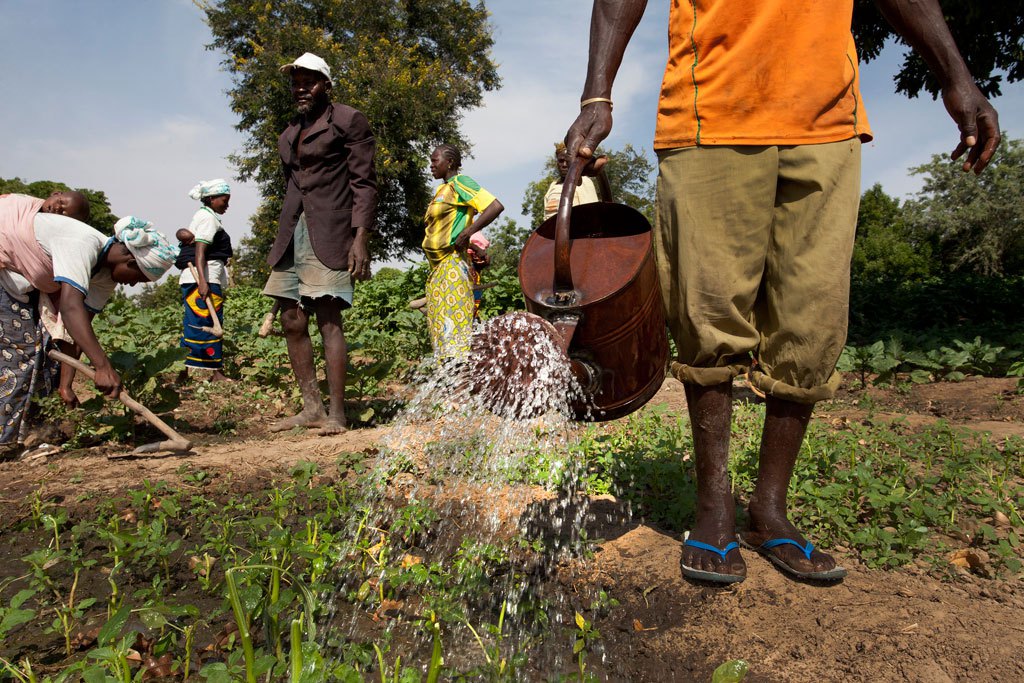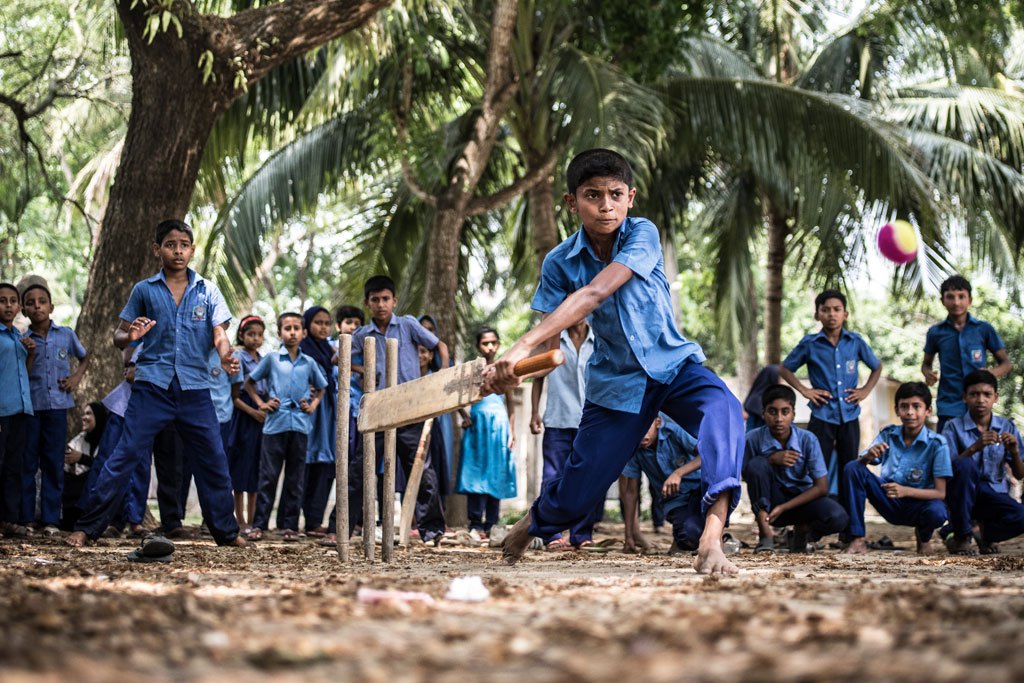Additionally, while income inequality between countries may have been reduced, inequality within countries has risen. There is growing consensus that economic growth is not sufficient to reduce poverty if it is not inclusive and if it does not involve the three dimensions of sustainable development – economic, social and environmental.
To reduce inequality, policies should be universal in principle paying attention to the needs of disadvantaged and marginalized populations.
- On average—and taking into account population size—income inequality increased by 11 per cent in developing countries between 1990 and 2010
- A significant majority of households in developing countries—more than 75 per cent of the population—are living today in societies where income is more unequally distributed than it was in the 1990s
- Evidence shows that, beyond a certain threshold, inequality harms growth and poverty reduction, the quality of relations in the public and political spheres and individuals’ sense of fulfilment and self-worth
- There is nothing inevitable about growing income inequality; several countries have managed to contain or reduce income inequality while achieving strong growth performance
- Income inequality cannot be effectively tackled unless the underlying inequality of opportunities is addressed
- In a global survey conducted by UN Development Programme, policy makers from around the world acknowledged that inequality in their countries is generally high and potentially a threat to long-term social and economic development
- Evidence from developing countries shows that children in the poorest 20 per cent of the populations are still up to three times more likely to die before their fifth birthday than children in the richest quintiles
- Social protection has been significantly extended globally, yet persons with disabilities are up to five times more likely than average to incur catastrophic health expenditures
- Despite overall declines in maternal mortality in the majority of developing countries, women in rural areas are still up to three times more likely to die while giving birth than women living in urban centres
Tab content
- By 2030, progressively achieve and sustain income growth of the bottom 40 per cent of the population at a rate higher than the national average
- By 2030, empower and promote the social, economic and political inclusion of all, irrespective of age, sex, disability, race, ethnicity, origin, religion or economic or other status
- Ensure equal opportunity and reduce inequalities of outcome, including by eliminating discriminatory laws, policies and practices and promoting appropriate legislation, policies and action in this regard
- Adopt policies, especially fiscal, wage and social protection policies, and progressively achieve greater equality
- Improve the regulation and monitoring of global financial markets and institutions and strengthen the implementation of such regulations
- Ensure enhanced representation and voice for developing countries in decision-making in global international economic and financial institutions in order to deliver more effective, credible, accountable and legitimate institutions
- Facilitate orderly, safe, regular and responsible migration and mobility of people, including through the implementation of planned and well-managed migration policies
- Implement the principle of special and differential treatment for developing countries, in particular least developed countries, in accordance with World Trade Organization agreements
- Encourage official development assistance and financial flows, including foreign direct investment, to States where the need is greatest, in particular least developed countries, African countries, small island developing States and landlocked developing countries, in accordance with their national plans and programmes
- By 2030, reduce to less than 3 per cent the transaction costs of migrant remittances and eliminate remittance corridors with costs higher than 5 per cent
On World Day, UN hails cooperatives as drivers of sustainable future
Cooperatives are an old idea but more relevant than ever as they can be the drivers of a sustainable future, senior United Nations officials said on the International Day of Cooperatives today, urging Governments to create an enabling environment for these groups to thrive and grow.
UNICEF report: Growing inequalities threaten most disadvantaged kids
Some 69 million children under five years of age will die from mostly preventable causes, 167 million children will live in poverty, and 750 million women will have been married as children by 2030, unless the world focuses more on the plight of its most disadvantaged children, according to a United Nations report published today.
World’s oft-marginalized widows must be part of sustainable development, says Ban
With nearly half the world’s 259 million widows living poverty, United Nations Secretary-General Ban Ki-moon today urged greater efforts to “make them more visible in our societies” and ensure they are a vital part of the UN Sustainable Development Agenda’s pledge to ‘leave no one behind.’
On World Day, Ban calls for ending elder abuse as a pathway towards Global Goals
Marking World Elder Abuse Awareness Day, United Nations Secretary-General Ban Ki-moon today emphasized that ending neglect, abuse and violence against older people is crucial as the international community continues to work together towards achieving the 17 Sustainable Development Goals and fulfill their underlying pledge to leave no one behind.





